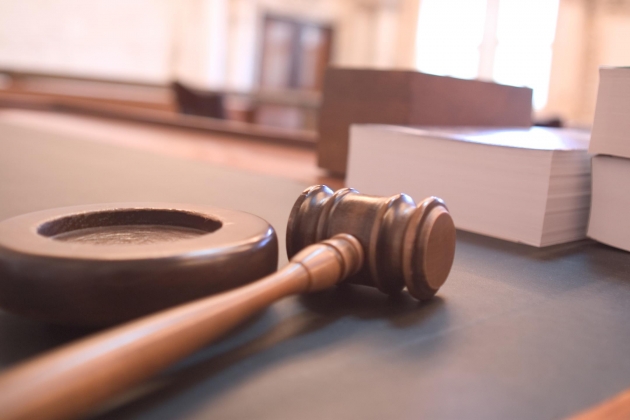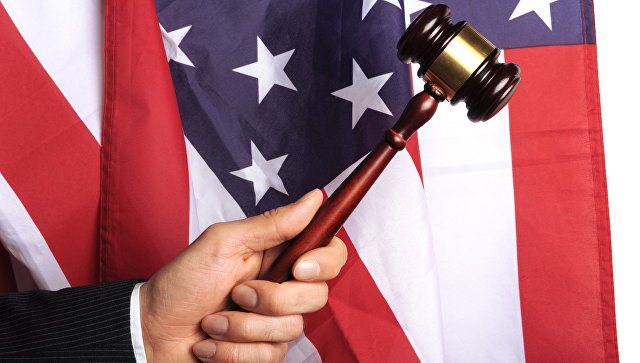Continuing to consider the trends in American intellectual property law, it is worth touching on another important topic – the availability to society of the results of intellectual activity and scientific research implemented on budgetary funds.
Not so long ago, a number of events took place that attracted close attention to this topic and caused heated discussions.
In our country, only their tragic side has become more or less known – the death of the famous Internet activist Aaron Schwartz. Whereas their final consequences associated with changes in state policy and legislative practice opened a new page in the field of fundamental rights of citizens and in intellectual law.

It is well known that all national copyright laws recognize not only the monopoly right of authors on the results of their work, but also the unconditional right of the general public to use such results for their own benefit. This contributes to the dissemination of knowledge, progress and a massive increase in creative activity. But it is very difficult to achieve a balance between the interests of the public and copyright holders. And even if it is possible to find some acceptable options (like restricting copyright or transferring protected works to the public domain after a certain period), their implementation faces many obstacles. A case in point is the much-discussed issue created by the US DMCA, where the ban on bypassing technical protections effectively blocks many legitimate uses of works. No less difficulties arise in the seemingly more understandable case when a protected creative result goes into the public domain.
Objects with this status are not subject to copyright monopoly.
And they, in fact, should be freely circulated and used by all interested parties. But lawyers pay attention to an important detail: the termination of copyright for exclusive use does not entail the termination of the right to control access to the very material media on which the works are recorded. And if such works (or research results) are stored in closed libraries and archives of state organizations, their free use becomes impossible. It becomes clear that the right to free use often becomes completely dependent on the right of access, and without it it cannot be realized at all (by the right of access in this case we mean not the narrow right to gain access to works of fine art, which is provided for by Article 1292 Civil Code of the Russian Federation, and the ability to receive for use any material carrier with a work). And the right of access is not regulated by copyright, but by many other laws: on information, on R&D, on contracts, and so on. This has been talked about a lot before. But it was the recent tragic history that made us finally recognize the problem and start looking for a solution.
Aaron Schwartz was vehemently outraged that organizations like JSTOR were digitizing academic research materials and providing them with limited access for money, even if the materials themselves were in the public domain. Obviously, the opportunity to freely receive such content is artificially narrowed, while those who were the first to stake out their access are enriched along the way (although the development of the content has already been paid out of the pocket of taxpayers). And valuable information that could help the development of new drugs, food and technology, scientific discoveries, simply does not reach those. who could use it for socially useful purposes. Not wanting to put up with such a state of affairs, the Internet activist hacked the system of the mentioned organization and posted millions of documents digitized by it in the public domain. Naturally, this was regarded as a crime in the field of computer technology. The activist was threatened with imprisonment of up to 30 years, but he chose not to wait for the verdict.
After these events, which prompted the discussion of an important issue for the whole society at the highest level, two impressive steps were taken in the United States to finally open free access to the results of taxpayer-paid academic research. The result has been the removal of some copyright and other statutory barriers to such free access, albeit without directly amending intellectual property rights. Thus, measures were provided for the free use of works in the public domain (and we recall that these include not only those whose copyright term has expired, but also those works that immediately passed into the public domain status, for example, created by employees government agencies). In addition, in a number of cases, guarantees of free access were secured even if intellectual rights were retained (for example, if works were published free of charge, or a compulsory license was issued to use materials for state needs). So what were those two steps?

First, on February 22, 2013, the Director of the Bureau of Science and Technology Policy of the Office of the President of the United States signed a Memorandum for the heads of executive departments and agencies on “Improving access to publicly funded scientific research.” It is intended to ensure “to the extent possible, and with the least possible restrictions resulting from the law and the following objectives, that the direct results of federally funded scientific research become available and useful to society, industry and academia.” These results include publications in journals peer-reviewed by experts in the relevant field (peer-reviewed), and digital data used to verify and confirm the findings. Being open to the public, they can “become a fertile ground for new discoveries and a valuable contribution to progress in areas such as health, energy, agriculture and national security”, increase the return on public funds invested in research, promote the growth of entrepreneurial activity and create new jobs, support economic growth and further scientific work. To achieve these goals, each federal agency that invests more than $100 million annually in research and development must prepare a Public Access Enhancement Plan within six months. And submit it for approval to the Bureau of Science and Technology Policy. The plan should include at least the following areas of the strategy:
– making the best use of already existing archives and expanding public-private partnerships with scientific journals in relevant areas of research;
– improving public access to digital materials on scientific developments;
– introduction of innovative ways to optimize the search, dissemination and compatibility of various digital scientific data;
– bringing to scientific organizations information about their responsibilities in this area;
– financing of planned activities from current budgets.
With regard to publications, the following rules should be provided: keywords (metadata) should be open from the moment of publication; full texts of materials should be freely available for free reading, downloading and analysis in digital form after 12 months; metadata and full text forms should be compatible with all current and future private and public platforms. Unlike publications, digital data must be made available to the public, even if it is only partly funded by federal funds. An approved and published Plan will not automatically apply to materials and digital data that were prepared or submitted for publication prior to the entry into force of such a Plan. The order of access to already existing archives is determined by the department independently.
Relationship with copyright.
Because the disclosure will affect both non-copyrighted and copyrighted material, the Plan must be able to achieve its goals while respecting copyright, or causing minimal damage to it. This is a clear reference to the well-known three-step test, one of the elements of which is precisely the assessment of potential damage. It follows that although the Memorandum is not intended to amend intellectual property rights, by its very nature it constitutes a limitation of copyright. So, it is a step towards the interests of society, in establishing their balance with the interests of copyright holders. At the same time, the document does not contain clarifications on how government departments should achieve their goals in order not to violate intellectual property rights. The draft law considered below is more developed in this direction, fixing the principle of mandatory granting of a license.
The memorandum was enthusiastically received by many as a “landmark” and “tipping point”. And although it largely coincides with the bill, it, unlike the latter, has already begun to operate.
Secondly, a few days earlier, on February 14, the Fair Access to Science and Technology Research Act (FASTR) bill was introduced in Congress. Since 2006, a similar bill, the Federal Research Public Access Act (FRPAA), has been in Congress, but during this time it has not been put to a vote. But now, as analysts note, high support for initiatives in the field of open access is visible to the naked eye: the bill was submitted to both chambers, supported by both parties at once, and the issue itself was considered by two branches of government (legislative and executive).
